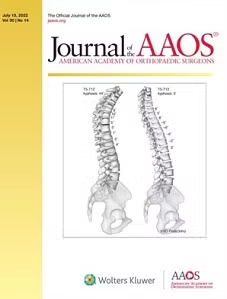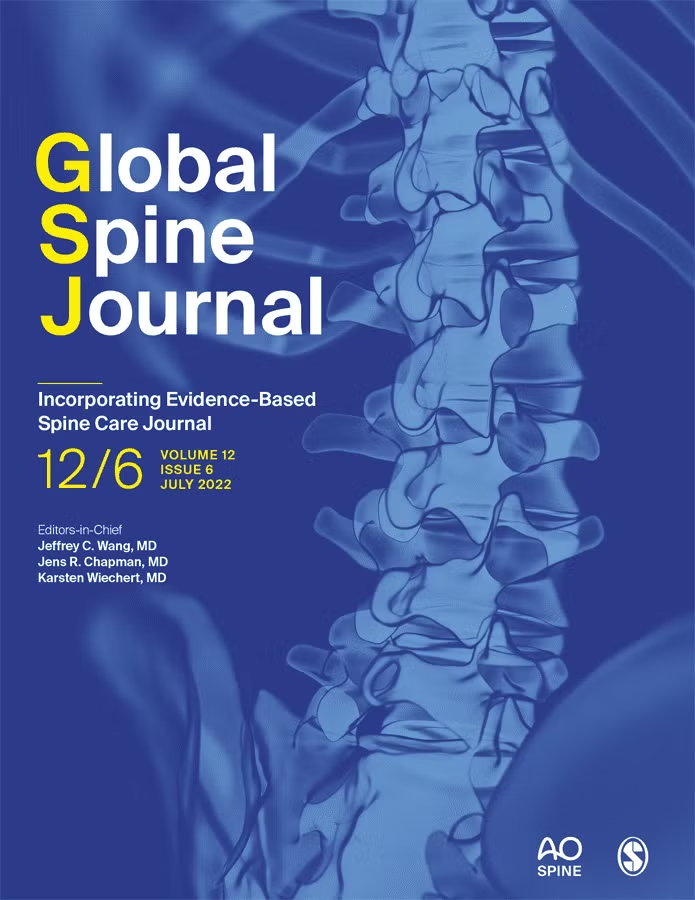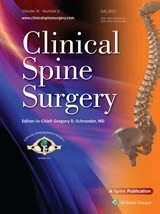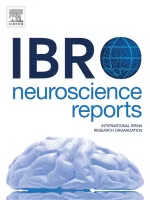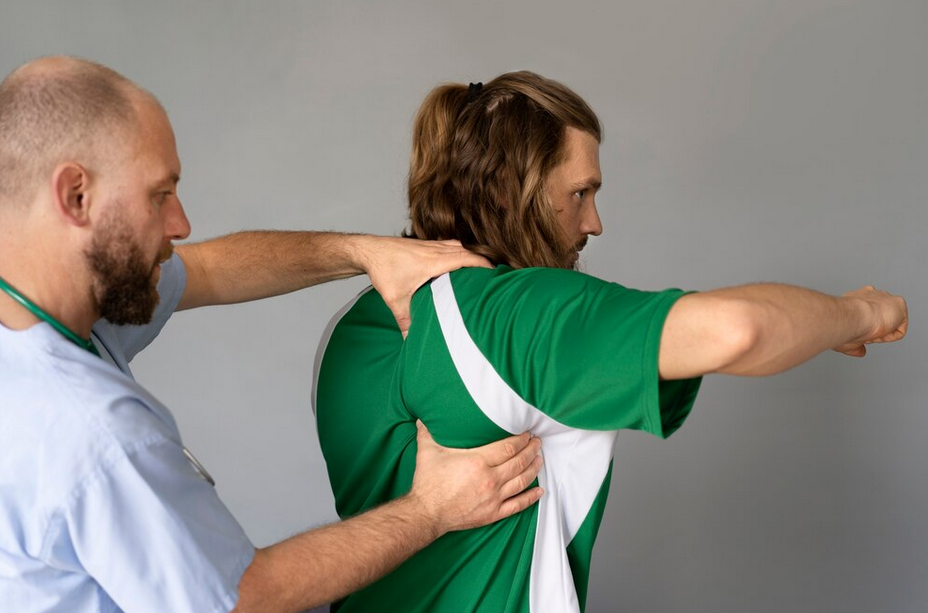
Osteoarthritis (OA) is a degenerative joint disease that often affects the spine, leading to chronic pain and reduced mobility. When conservative treatments fail to alleviate symptoms, spinal fusion surgery may be recommended. This article explores the journey from diagnosis to recovery, providing a comprehensive guide for patients considering spinal fusion for osteoarthritis.

Understanding Osteoarthritis and Spinal Fusion Degeneration
Osteoarthritis is characterized by the breakdown of cartilage, the flexible tissue that cushions joints. In the spine, this degeneration can lead to the bones rubbing against each other, causing pain, stiffness, and inflammation. As the condition progresses, bone spurs may develop, further restricting movement and exacerbating discomfort.
Diagnosis of Spinal Osteoarthritis
The diagnosis of spinal osteoarthritis typically begins with a thorough medical history and physical examination. Your doctor will ask about your symptoms, their severity, and their impact on your daily life. Imaging tests such as X-rays, MRI (Magnetic Resonance Imaging), or CT (Computed Tomography) scans are crucial in assessing the extent of joint damage and identifying specific areas of concern.
When is Spinal Fusion Recommended?
Spinal fusion is considered when non-surgical treatments, including physical therapy, medications, and lifestyle modifications, fail to provide adequate relief. Candidates for spinal fusion often experience:
- Severe, persistent pain that interferes with daily activities
- Neurological symptoms such as numbness or weakness in the extremities
- Spinal instability or deformity
- Significant loss of function and mobility
Preparing for Spinal Fusion Surgery
Preparation for spinal fusion surgery involves several steps to ensure optimal outcomes and minimize risks. These steps typically include:
- Pre-Surgical Evaluation: Comprehensive medical evaluations, including blood tests and imaging studies, are conducted to assess overall health and pinpoint the exact location of the problem.
- Preoperative Education: Patients are provided with detailed information about the procedure, including potential risks and benefits, to make informed decisions.
- Lifestyle Modifications: Patients may be advised to stop smoking, lose weight, or improve overall fitness to enhance surgical outcomes and recovery.
- Medication Review: A review of current medications is essential to avoid complications during and after surgery. Patients may need to stop certain medications before the procedure.
The Spinal Fusion Procedure
Spinal fusion involves the surgical joining of two or more vertebrae to eliminate motion at the affected joint, thereby reducing pain and instability. The procedure can be performed using various techniques, including:
- Posterior Lumbar Interbody Fusion (PLIF): The surgeon approaches the spine from the back, removing damaged discs and inserting bone grafts or implants between the vertebrae.
- Anterior Lumbar Interbody Fusion (ALIF): The spine is accessed from the front, allowing for the removal of diseased discs and insertion of bone grafts or cages.
- Transforaminal Lumbar Interbody Fusion (TLIF): This technique involves a lateral approach, minimizing disruption to the spinal muscles.
Bone grafts, either from the patient (autograft), a donor (allograft), or synthetic materials, are used to promote bone growth and fuse the vertebrae together. Metal rods, screws, or plates may also be used to provide additional stability.
Recovery and Rehabilitation
Recovery from spinal fusion surgery is a gradual process that requires patience and adherence to postoperative instructions. Key aspects of recovery include:
- Hospital Stay: Most patients stay in the hospital for a few days following surgery. Pain management, monitoring for complications, and initial mobilization are priorities during this time.
- Pain Management: Pain is managed with medications, and patients are encouraged to start moving as soon as possible to prevent complications such as blood clots.
- Physical Therapy: A structured physical therapy program is essential to restore strength, flexibility, and function. Therapists guide patients through exercises designed to improve mobility and promote healing.
- Activity Restrictions: Patients are advised to avoid heavy lifting, twisting, or bending for several months. Gradual reintroduction of activities is crucial to ensure proper healing.
- Follow-Up Appointments: Regular follow-up visits with the surgeon are necessary to monitor progress and address any concerns. Imaging tests may be performed to assess the fusion’s success.

Long-Term Outcomes and Considerations
The success of spinal fusion surgery largely depends on patient adherence to postoperative guidelines and overall health. While the procedure can significantly reduce pain and improve quality of life, it’s important to acknowledge potential risks and complications, including:
- Infection: Though rare, infections can occur and may require additional treatment.
- Non-Union: In some cases, the bones may not fuse properly, necessitating further intervention.
- Adjacent Segment Disease: Fusion alters the biomechanics of the spine, potentially leading to degeneration in adjacent segments over time.
Conclusion
Spinal fusion for osteoarthritis offers hope for individuals struggling with chronic pain and reduced mobility. By understanding the process from diagnosis to recovery, patients can make informed decisions and actively participate in their healing journey. With the right preparation, surgery, and rehabilitation, many patients experience significant improvements in their quality of life and regain the ability to engage in activities they once enjoyed.
For those considering spinal fusion, consulting with a skilled spine specialist is crucial to determine the best course of action tailored to individual needs and circumstances.

